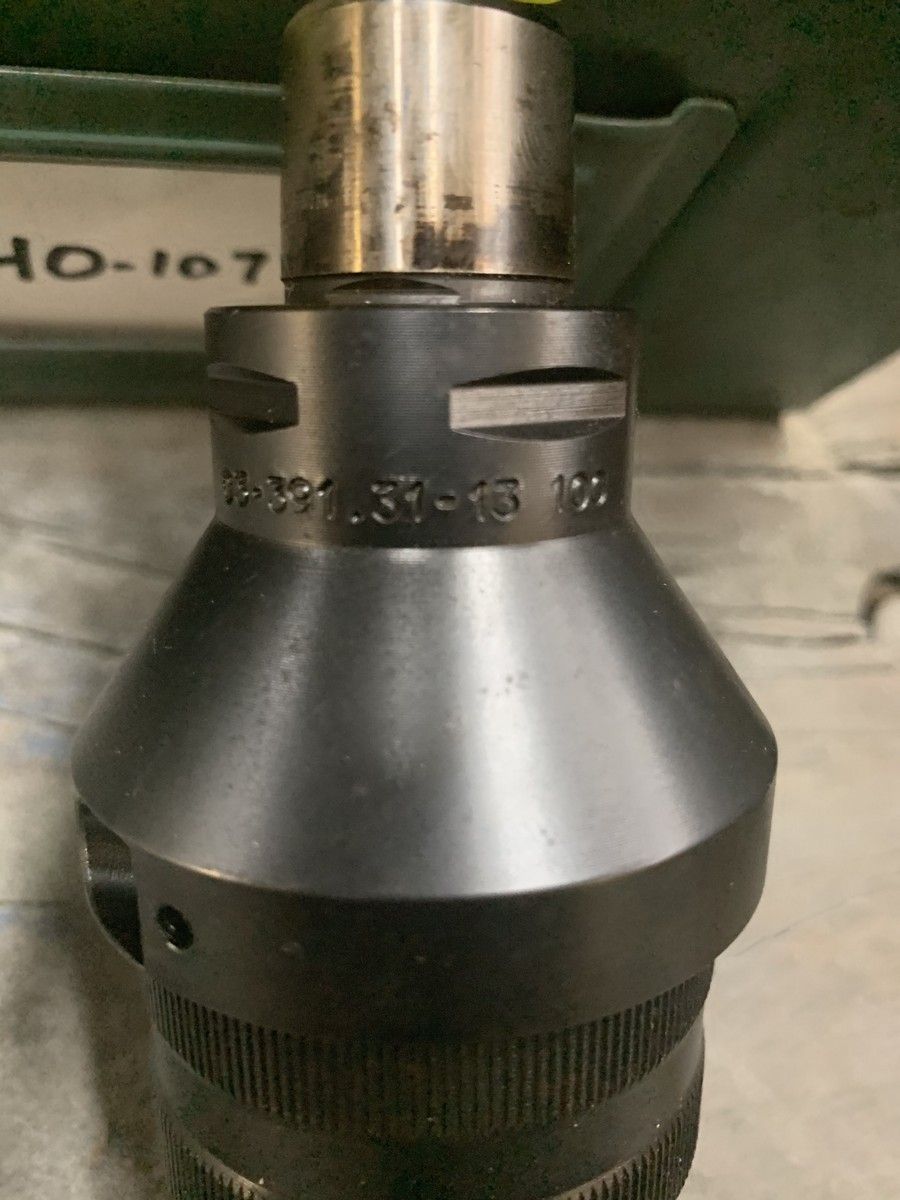

by a telephone call or by a sudden impulse move. This can happen very easily if they are disturbed e.g. On a table or work desk, coffee cups can be knocked over by the person sitting and working at the desk by their arms or hands. Also the hot liquid may cause injury to people or damage to books or carpets.
#Capto holder full#
It is very easy to knock over a cup or mug full of hot tea or coffee and this can then damage expensive laptops or keyboards. People sometimes drink beverages at their tables and work desks. The 2nd was a South Korean import with a clip for an indoor table. The 1st appearance 2005 to 2006 was by Antro Technology with a cup holder for the edge of a construction table.

during most or all of 2005 and possibly not prior. Cup holders for such a use weren't for sale on the internet in the U.S. Cup holders for edges of desks and tables really picked up steam in the U.S. Before the inevitable appeal could be heard, the case was settled privately for an undisclosed sum.Įarlier wood versions of cup holders for tops of desks have been around decades such as one featured in a U.S. In her suit against McDonald's the jury awarded her US$2.7 million in damages (later reduced by the judge to US$640,000).
#Capto holder skin#
McDonald's Corporation, in which a 79-year-old woman in Albuquerque, New Mexico ordered hot coffee from a McDonald's restaurant and, when it spilled, was scalded so severely she required skin grafts. The installation of cup holders in automobiles increased significantly after Stella Liebeck v. The automobile cup-holder has also driven the development of "car cups" designed to fit within most cars' cup holders these have a narrower base but flare outward after a short cylindrical distance. The development of ever-larger cups by fast-food chains and convenience stores in the US and Canada has proven a challenge to automotive designers many fast-food chains now offer 44 fl.oz. Many offer spring-loaded holders that clasp the cup securely, no matter how large or small. Over time, automotive cup holders have become larger and more sophisticated, so that they can hold a variety of different cup sizes securely. Minivans were pioneers in their availability, and they still offer the greatest number of them.

These often clipped onto the door windows, although other designs wedge in between the front seats and the center console.īuilt-in cup holders began to be available in the 1920s. A little later, aftermarket cup holders began to be sold. The 1960s saw coffee cups with wide, flat, rubberised bases being sold, which would keep them steady on the dash or console.
#Capto holder drivers#
The later development of the drive-through restaurant encouraged the development of better holders for drinks, and a more fast-paced life and longer commute times made many drivers desire to drink their morning coffee in the car on the way to work.

These were sufficient to hold beverages when the car was stopped, but not while in motion. The drive-in restaurant and cinema encouraged the development of built-in tray tables often, the inside of the glove compartment lid, when folded down, had indentations to hold cups, cans as well as pistachio shells and were found in cars as early as the 1957 Chevrolet Bel Air. This gave a temporary table to hold drinks and food while eating in the car. Servers would attach a tray that hooked over the car's side window, which needed to be left up a little for it to attach to. The development of the drive-in restaurant was a step in the cup holder's development. The armrest in the back seat of a Lincoln Town Car, featuring two cup holders.


 0 kommentar(er)
0 kommentar(er)
